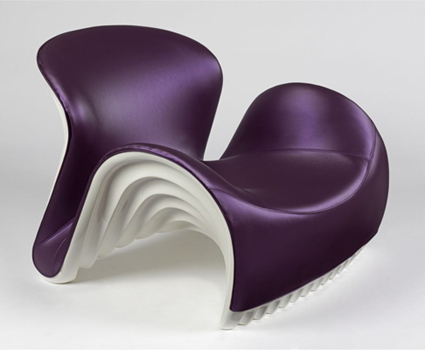"British Design 1948-2012" at the V & A. By Andrew Graham-Dixon.
In the summer of 1948, a Blitz-devastated London prepared to host the first post-war Olympic Games. The official poster, designed by Walter Herz, was an uneasy collage, superimposing the five olympic rings and an airborne vision of the Townley Discobolus against a schematic view of Big Ben and the Houses of Parliament. The point, presumably, was to affirm the persistence of ancient values – democracy and the indomitable purity of the human spirit – in an age shaken but unbowed by the atrocities of the Second World War. The Organizing Committee’s Official Report, filed just after the closing ceremony of the Games, duly ensured that this became a self-fulfilling prophecy. The prevailing mood, its authors recorded, was "a spirit of peaceful contentment, and indeed exaltation, that in spite of the trials and tribulations of a troubled world ... the Games ... had stirred a real hope in the hearts of millions of men and women throughout the earth in the possibility of mankind living together in happiness and peace."
The organisers of the V & A’s labyrinthine survey of post-war British design have chosen 1948 as their own date of departure, inspired by the imminence of the second London Olympics. But their show’s real starting point turns out to be the Festival of Britain in 1951 – the moment when architects, artists and designers collectively strove to imagine just what the brave new world of a post-war future might actually look like. Mapped out in plan and elevation, preserved in the starkly uncompromising imagery of their designers’ first prototypes, the mindboggling ephemeral creations of the Festival now survive only as the figments of a utopian dream: Basil Spence’s Sea and Ships Pavilion, with its daring exoskeleton of steel girders;...


